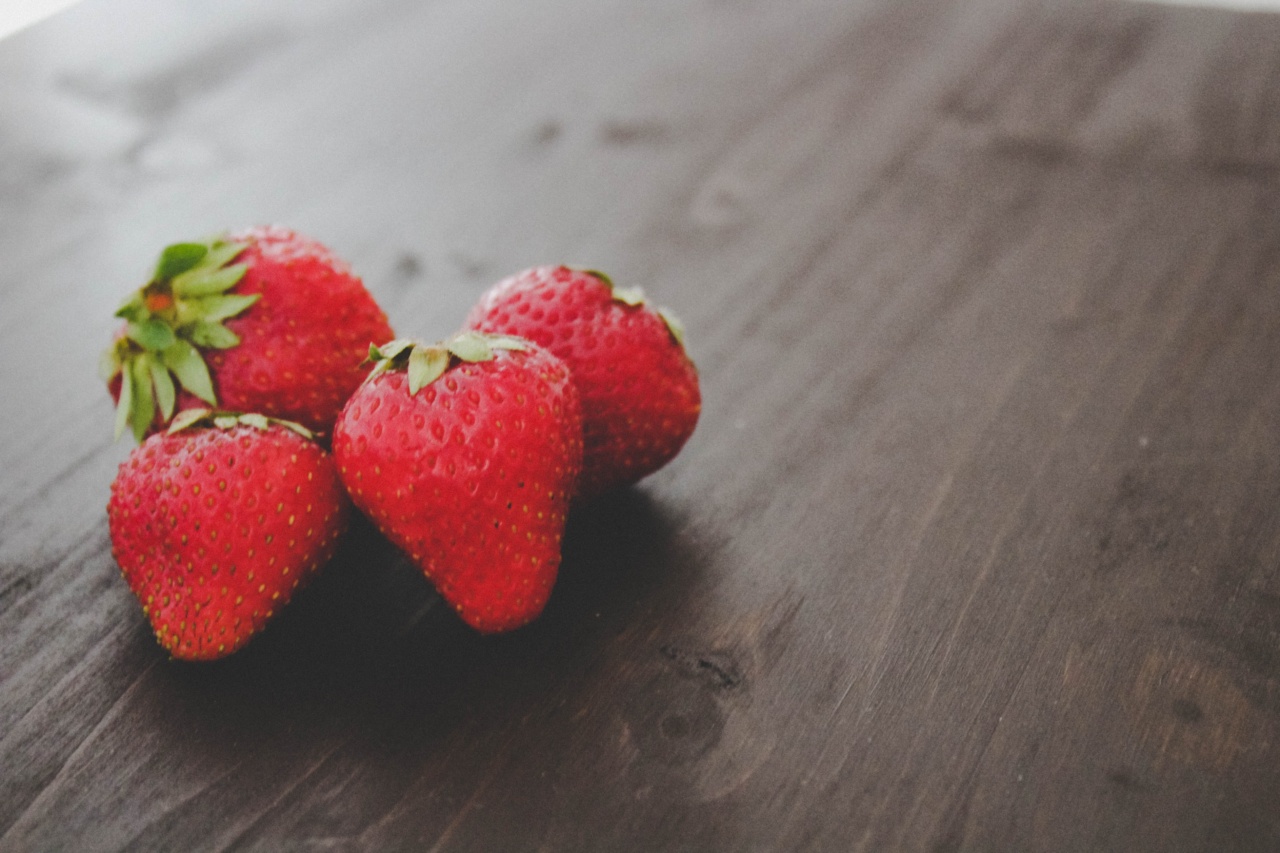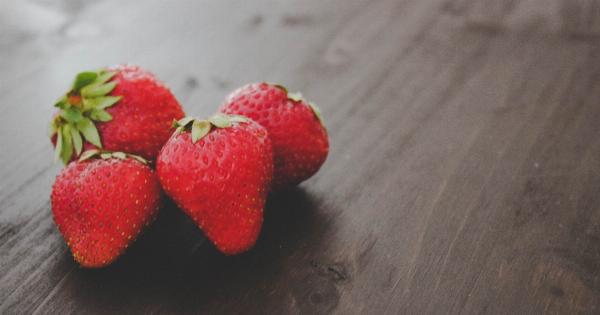When it comes to fruits, strawberries are loved by many for their sweet and tangy taste.
But have you ever wondered why some strawberries are smaller than others? Size may seem like a trivial aspect when it comes to fruits, but in the case of strawberries, it holds great importance. In this article, we will explore the significance of strawberry size and why it matters.
The Anatomy of a Strawberry
Before we dive into the importance of size, let’s first understand the anatomy of a strawberry. A strawberry is a small, red fruit that belongs to the rose family.
It consists of several parts, including the skin, flesh, seeds, and the green leafy cap, often referred to as the calyx. The flesh of a strawberry is typically juicy and sweet, making it a popular choice in various dishes and desserts.
Varieties of Strawberries
Strawberries come in different varieties, and each differs in its size, flavor, and growing conditions. Some common varieties include:.
- June-bearing strawberries: These are the most common type of strawberries that produce a bountiful harvest during late spring.
- Everbearing strawberries: As the name suggests, everbearing strawberries produce multiple harvests throughout the growing season.
- Day-neutral strawberries: These strawberries can bear fruit throughout the year, regardless of the day length or season.
The Importance of Strawberry Size
While size may not affect the taste of a strawberry, it plays a crucial role in the overall consumer experience. Here’s why strawberry size matters:.
Visual Appeal
When it comes to fruits and vegetables, humans are naturally drawn to larger-sized produce. A larger strawberry often appears more visually appealing than its smaller counterpart.
Whether it’s in grocery stores or farmer’s markets, bigger strawberries tend to catch the consumer’s eye more quickly. Therefore, the size of a strawberry can significantly impact its marketability and demand.
Texture and Juiciness
Strawberries are known for their juicy and flavorful flesh. Larger strawberries tend to have more flesh, which results in a more satisfying eating experience.
The increased amount of flesh in a larger strawberry means more juice, allowing each bite to be more succulent and refreshing. On the other hand, smaller strawberries may not provide the same level of juiciness or satisfying texture.
Versatility in Culinary Uses
Strawberries are not only enjoyed as a snack but are also used in a wide range of culinary creations. Chefs and home cooks often utilize strawberries in desserts, salads, sauces, and even savory dishes.
When it comes to incorporating strawberries into recipes, larger berries offer more options. Their increased size allows for better presentation in dishes, such as strawberry tarts or chocolate-covered strawberries. The size of a strawberry also determines the ease of slicing or dicing for various preparations.
Market Value and Yield
For strawberry farmers and suppliers, the size of strawberries holds significant economic importance. Larger strawberries often fetch a higher price in the market, as they are perceived to be of better quality.
Consumers are willing to pay a premium for bigger strawberries due to their visual appeal and the expectation of juiciness. Additionally, larger strawberries contribute to higher yields, resulting in increased profits for farmers. Consequently, farmers strive to produce larger strawberries to maximize their earning potential.
Factors Influencing Strawberry Size
Several factors influence the size of strawberries. Let’s take a look at some of the key determinants:.
Varietal Differences
As mentioned earlier, different varieties of strawberries have varying sizes. Some varieties naturally tend to produce larger berries, while others may yield smaller ones.
Farmers often select specific strawberry varieties based on the market demand for a particular size.
Growing Conditions
The environment in which strawberries grow also has a significant impact on their size. Adequate sunlight, water, and nutrient availability contribute to healthy plant growth and larger fruit development.
Ideal soil conditions with the right pH level and sufficient organic matter ensure optimal strawberry size.
Thinning Practices
Strawberry plants produce multiple flowers, and each flower has the potential to develop into a fruit. However, overcrowding of fruits can affect their size.
To promote larger berries, farmers often practice thinning, which involves removing some of the developing fruits. Thinning allows the plant to allocate more resources to the remaining strawberries, resulting in bigger sizes.
Pollination
Pollination is crucial for strawberry development. It ensures the transfer of pollen from the male flower parts to the female ones, leading to fruit formation. Proper pollination enhances fruit set and size.
Bees play a vital role in pollinating strawberries, so maintaining a healthy population of pollinators is essential for achieving optimal strawberry sizes.
Harvesting Timing
The timing of strawberry harvest also affects the size of the berries. Strawberries should be picked at their peak ripeness to ensure the best flavor and texture. Waiting too long to harvest can result in overly ripe and smaller berries.
Farmers need to carefully time their harvest to maximize size and quality.
Conclusion
While the size of a strawberry may not alter its taste, it does impact the overall consumer experience. From visual appeal to culinary versatility and market value, strawberry size plays a significant role in how these fruits are perceived and enjoyed.
Factors such as varietal differences, growing conditions, thinning practices, pollination, and harvesting timing all contribute to the size of strawberries. So, the next time you bite into a strawberry, take a moment to appreciate its size and the factors that went into making it just right.































